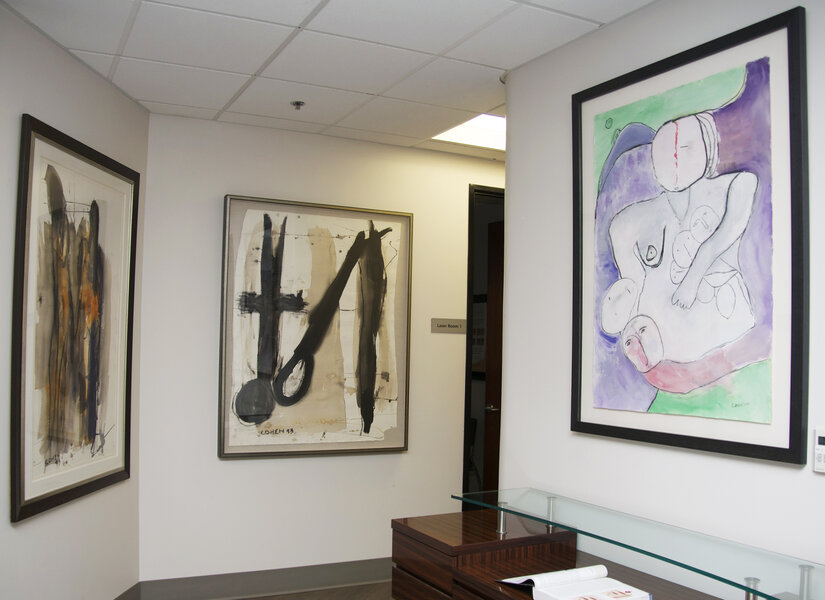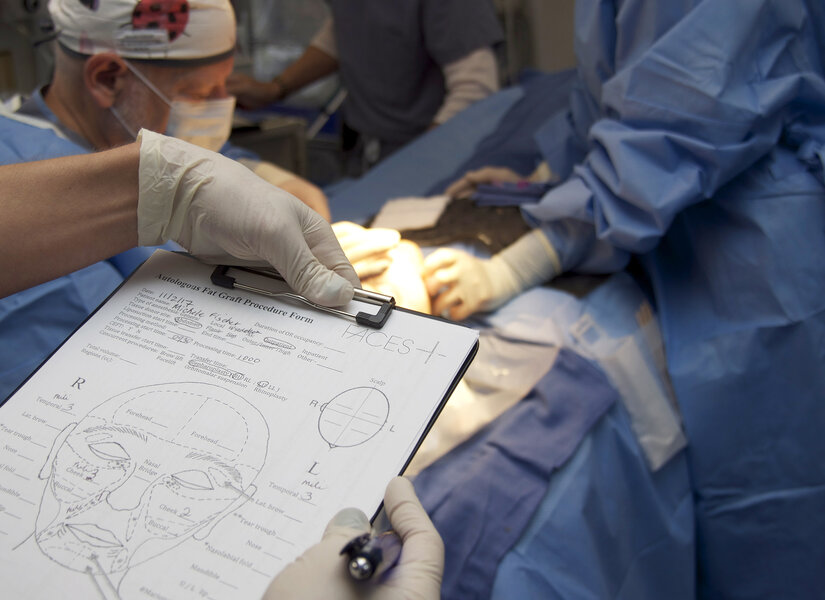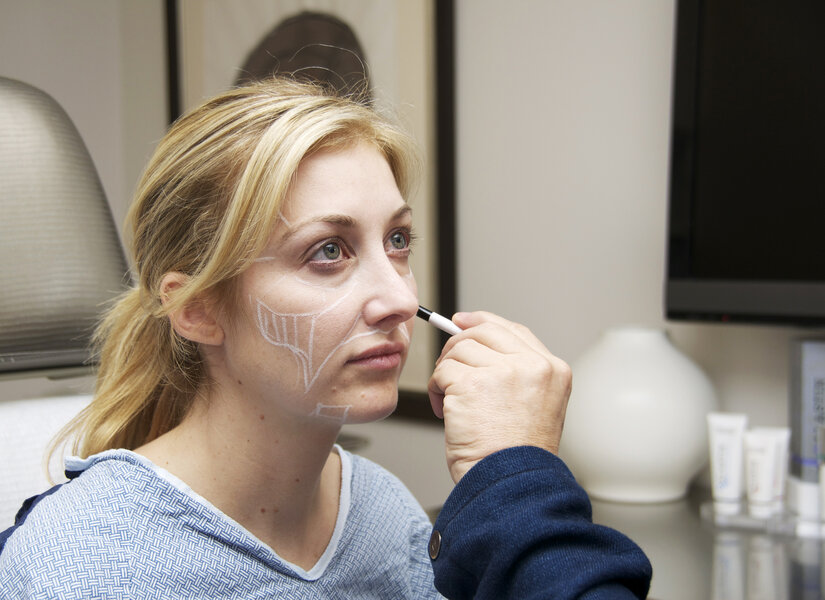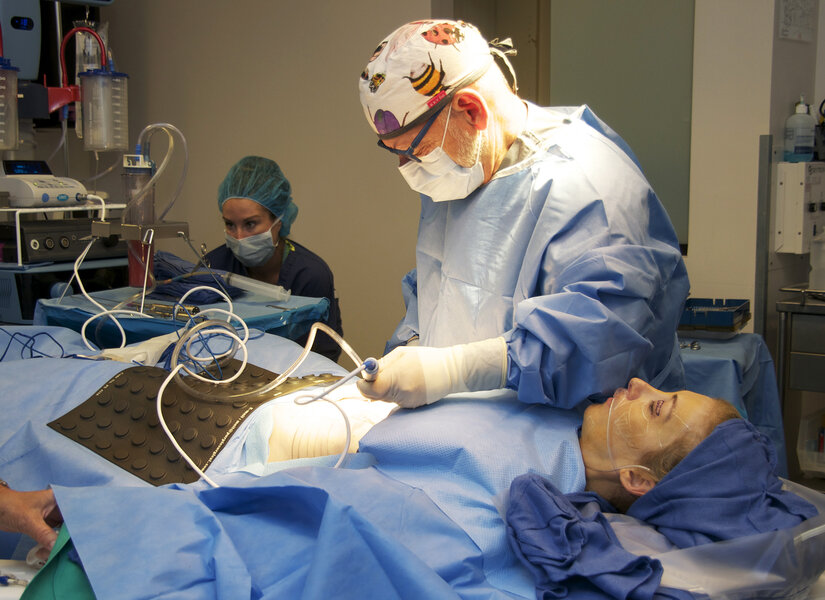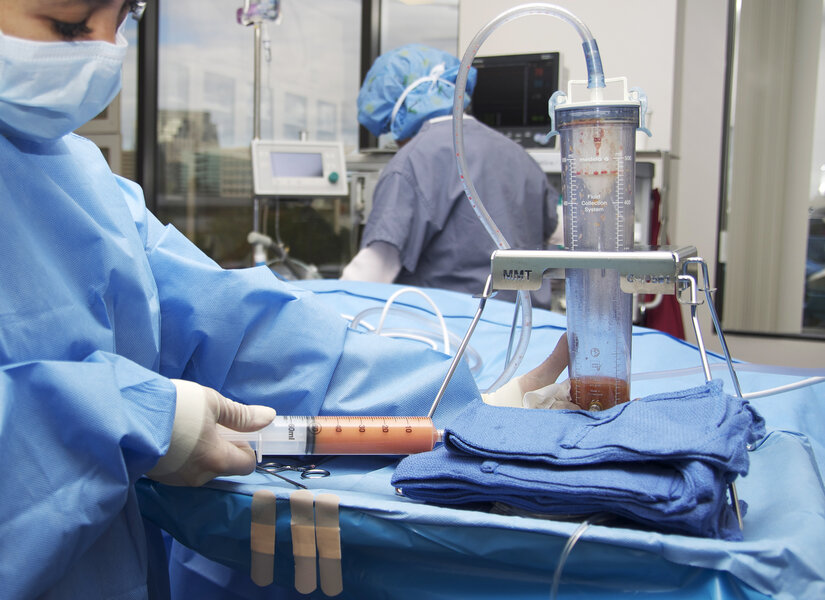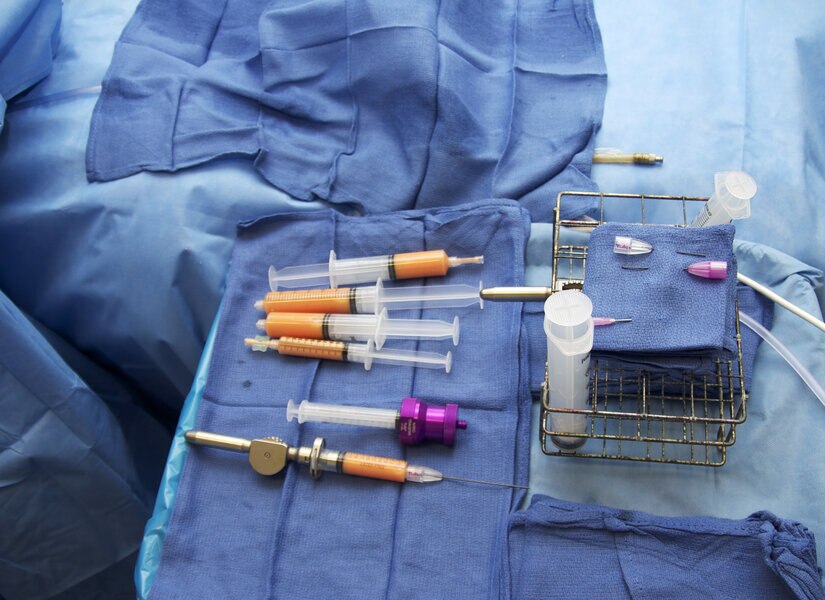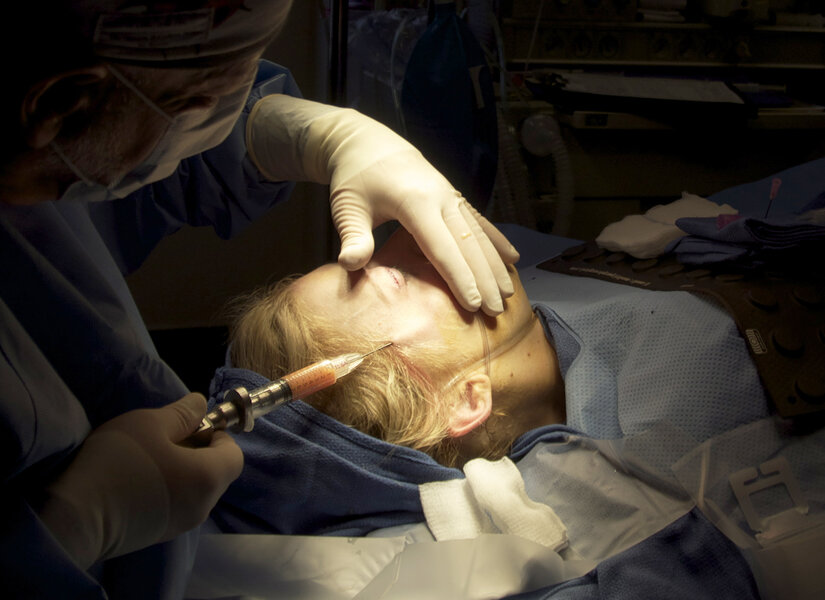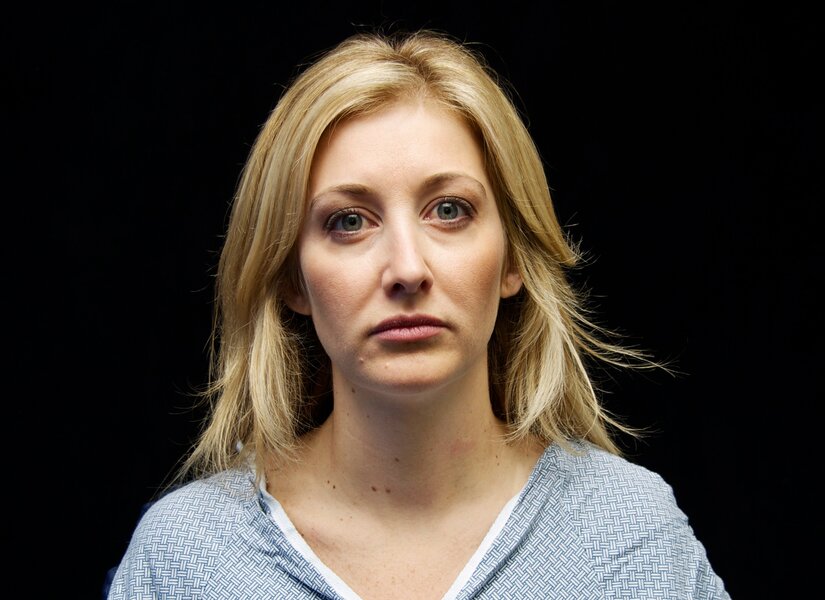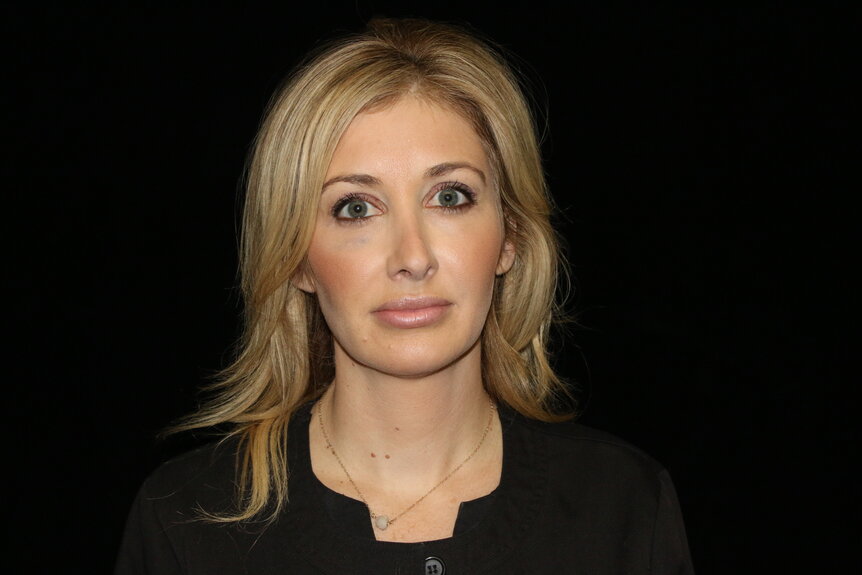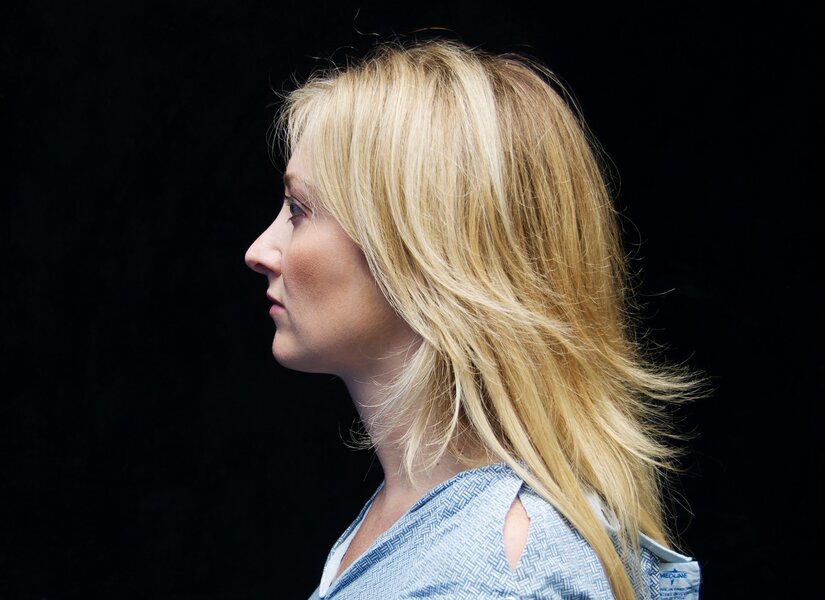Is This Liposuction-Meets-Botox Plastic Surgery Procedure the Future of Face Lifts?
We went into the operating room — literally — to see for ourselves.
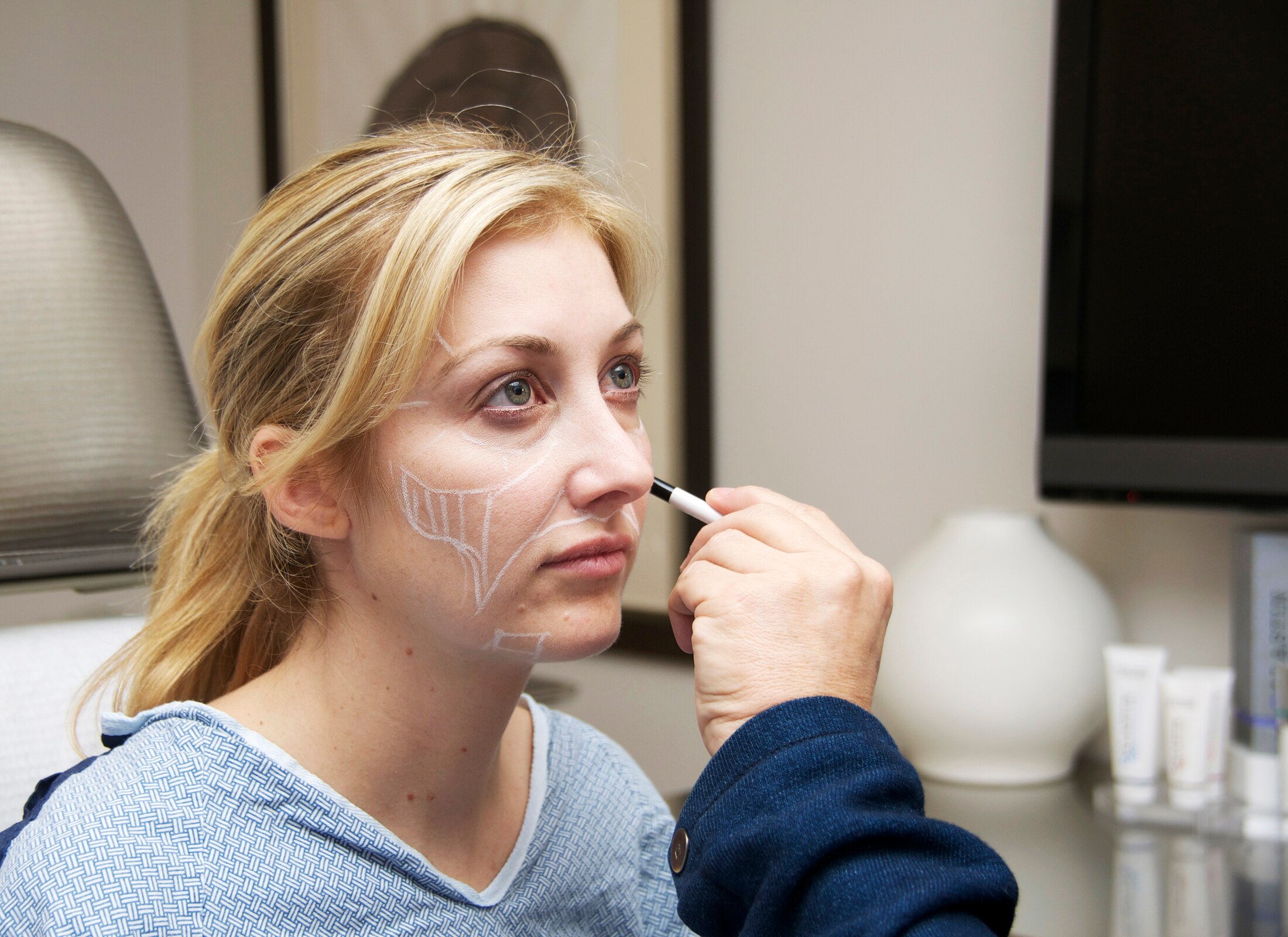
Walk into Dr. Steven R. Cohen’s FACES+ plastic surgery center, located in sunny San Diego, and one of the first things you’ll notice is beautiful art covering every wall. Look even more closely and you’ll see his scribbled signature at the bottom of every piece. Dr. Cohen is an artist in every sense of the word — he’s a painter, an author, an inventor, and his “left brain” approach to beauty, aging, and surgery techniques has made him an award-winning, internationally recognized plastic surgeon.
One of his most inventive and visually compelling procedures is his “Injectable Facial Rejuvenation,” a technique that has the potential to turn the current filler craze on its head. In this procedure, instead of reaching for a box of Juvederm or Restylane on the shelf, Dr. Cohen uses the patient’s own fat harvested via liposuction. Within the operating room, he filters the fat and breaks it down into three different density levels (mili, micro, nano) before re-injecting the appropriately-sized fat into different areas of the patient’s face.
Injectable Facial Rejuvenation
“When you look at the face, there are very specific fat pockets that age,” Dr. Cohen told The Lookbook. “So, for instance, when you see a gaunt appearance around the temples, this is because there’s a fat pad that goes in the deep space there — called the "buccal fat pad" — and when that starts to recess, you get a very predictable look of the face [associated with aging].”
There are numerous fat pockets in the face aside from the buccal, he explained, and replenishing them with the patient’s very own fat does two things. First, it solves the aesthetic issue of volume loss. Second — and this is what’s so revolutionary — it improves blood circulation and stimulates cell and tissue growth over time, which alters the patient’s aging curve.
“I don’t care if you’re black, blue, green, or pink — everybody eventually ages with sun damage, volume loss, and laxity,” said Dr. Cohen. “Somewhere between 30 to 50, people start to come in and go ‘I’m bothered by one of these three things.' Presently, when they talk about volume loss, the default is to use an off-the-shelf filler.”
Filler does not affect the aging curve, though; it simply makes the patient look good for a certain period of time before the next appointment. Meanwhile, tissue underneath continues to decay.
“That’s not to say the improvement of appearance isn’t important,” said Dr. Cohen. “But what if you could do both?” By both, he means improving volume today and changing your aging curve in the long run.
“Thinking about using fat as a replacement for exactly the tissue that’s aging is a logical step in changing the paradigm from surgical treatment of aging to more proactive prevention and maintenance,” said Dr. Cohen. “This technique literally keeps up with the changes in the tissues as they age.”
Dr. Cohen performed this fat grafting procedure with face lifts on patients and then followed their progress over a course of 24 months with 3D images. He documented that if you correct specific zones — e.g. deep fat, superficial fat — via fat grafting alongside a facelift, facial volume increases by an average of 50% over about two months. However, what’s truly remarkable is that after 18 to 24 months, that volume increase average turns into about 70%.
“It’s tropism. It’s growth and development. You’re making the tissue better,” he said.
The Procedure
This is one of Dr. Cohen's most requested procedures, and he's recently traveled around the globe providing demonstrations for other surgeons. We were lucky enough to step inside his San Diego operating room to watch this fat harvesting and grafting procedure with our very own eyes. Michelle, a 39-year-old nurse at FACES+, was the patient, and she received liposuction, Injectable Facial Rejuvenation, lip injection (also with her own fat), and an eye lift (blepharoplasty).
“I wanted to get the procedure done to correct loss of volume in my face, just to kind of replace some of the areas around my nasolabial folds, my temples, and my cheeks,” she said. “What I like most about this technique is that it uses a natural filler, your own tissue, versus being a synthetic filler. Also, this is something that can totally be done under local anesthesia, so it’s not super invasive. You can take pain medication and do a little bit of local anesthesia, and have it done in about an hour.”
Because she’s a nurse at FACES+, she’s witnessed others undergo this procedure numerous times. Seeing the results over and over again also compelled her to have the procedure done on herself.
Dr. Cohen marking Michelle's face before she heads into the operating room.
Because Michelle had an eye lift, she made the decision to go under anesthesia for the entire procedure. Here, Dr. Cohen performs liposuction. The liposuction is often considered a bonus by patients.
The harvested fat is sifted to remove extra fluids and tissue.
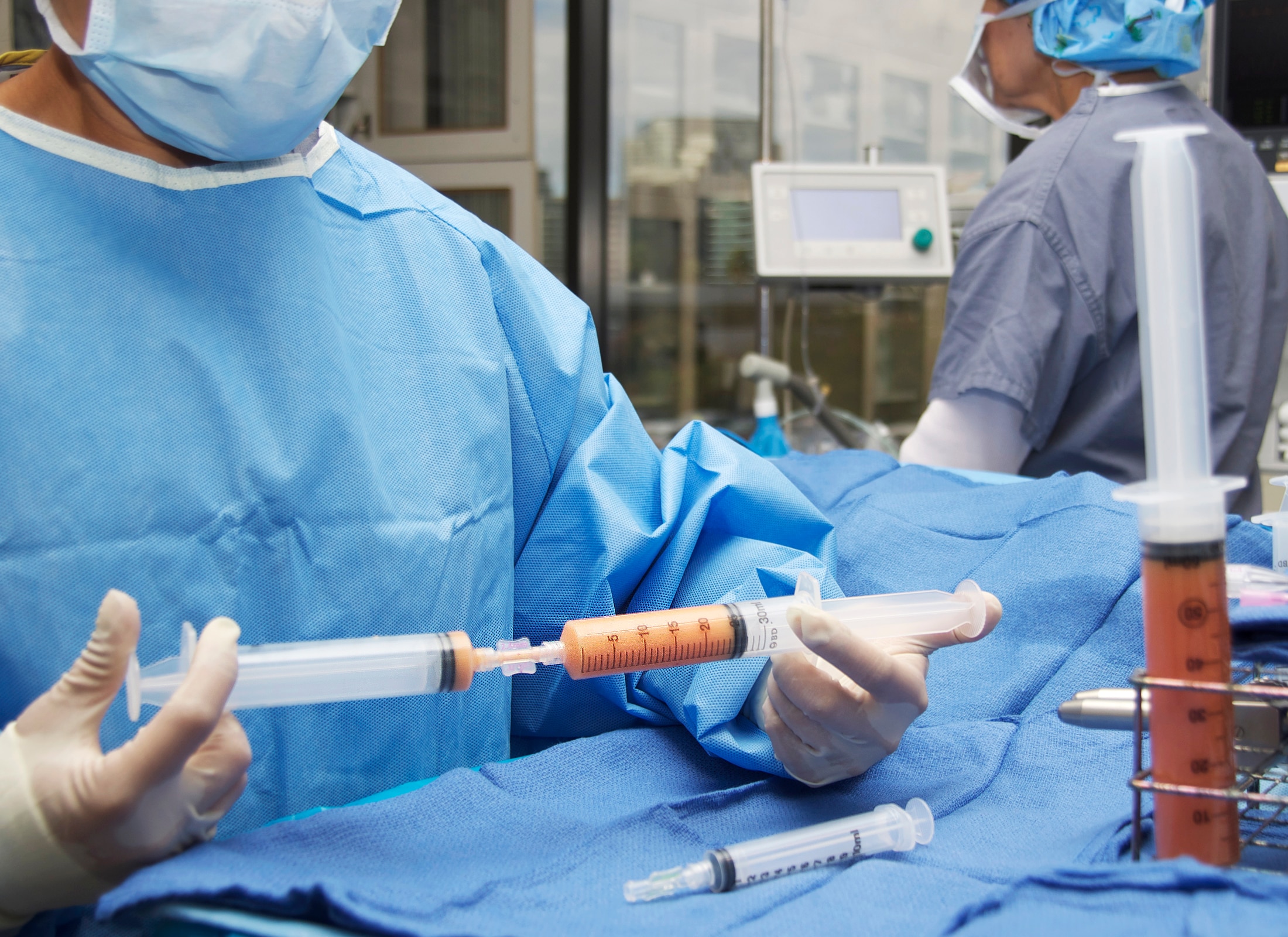
Within the operating room, while Dr. Cohen performed Michelle's eye lift, a nurse divided the harvested fat into three different sizes: mili, micro, and nano. This is a suprisingly simple technique that involves shifting fat back and forth between a center piece that creates the appropriately sized fat.
Once the fat has been divided, a process that takes about 10 minutes, it's ready to be injected into Michelle's face. Milifat provides structure to the face and renews tissue, microfat smoothes and reforms, and nanofat stimulates rapid cell production.
Dr. Cohen injects Michelle's fat back into her face. He does this artfully and methodically while nurses document injection amounts along the way.
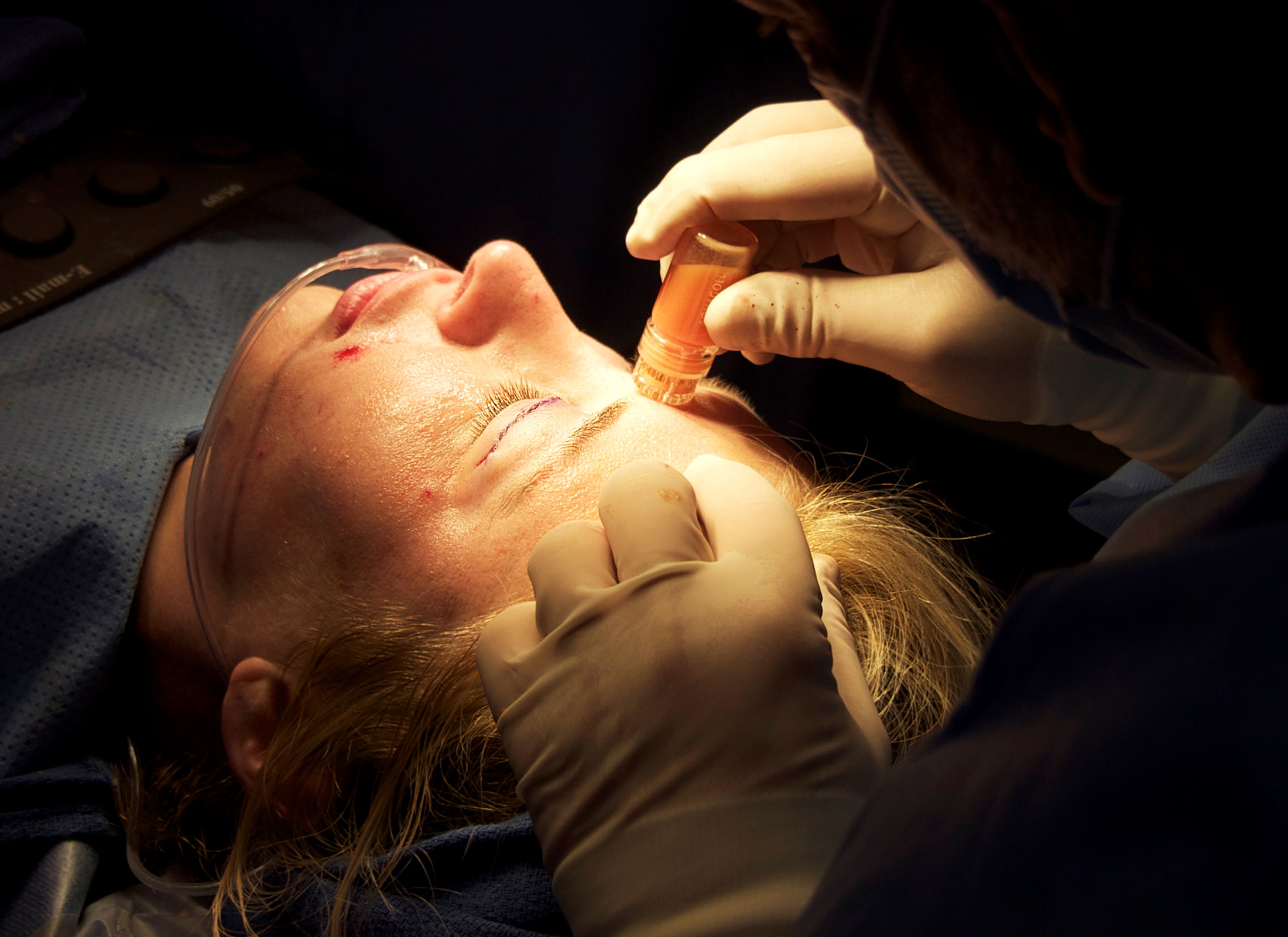
This is a microneedling tool that contains the nano size of Michelle's own fat. It helps stimulate cell production.
Before and After
We took images of Michelle before her procedure, and after images were sent to us by FACES+ one week post-op.
Front:
Left Side:
Right Side:
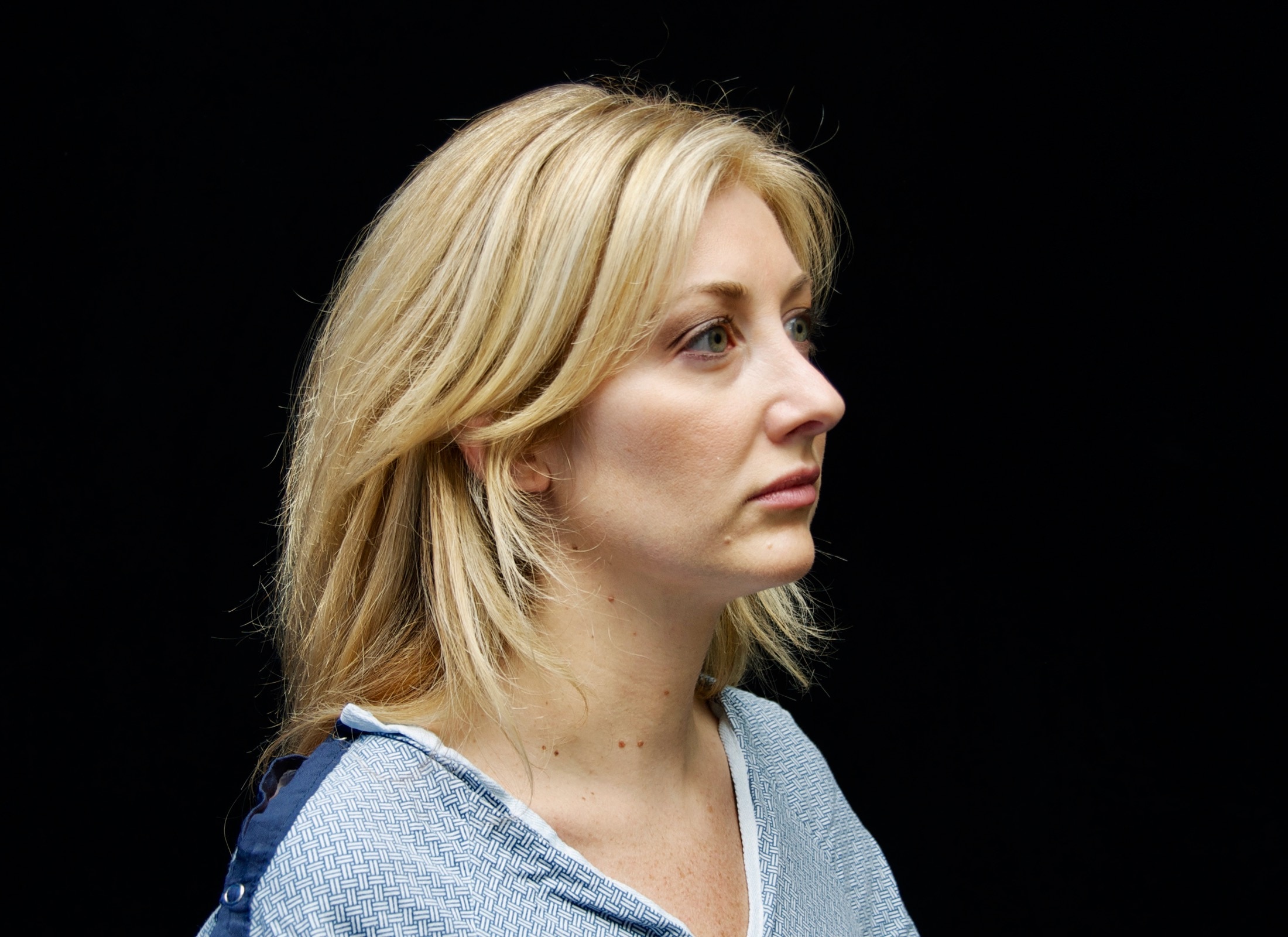
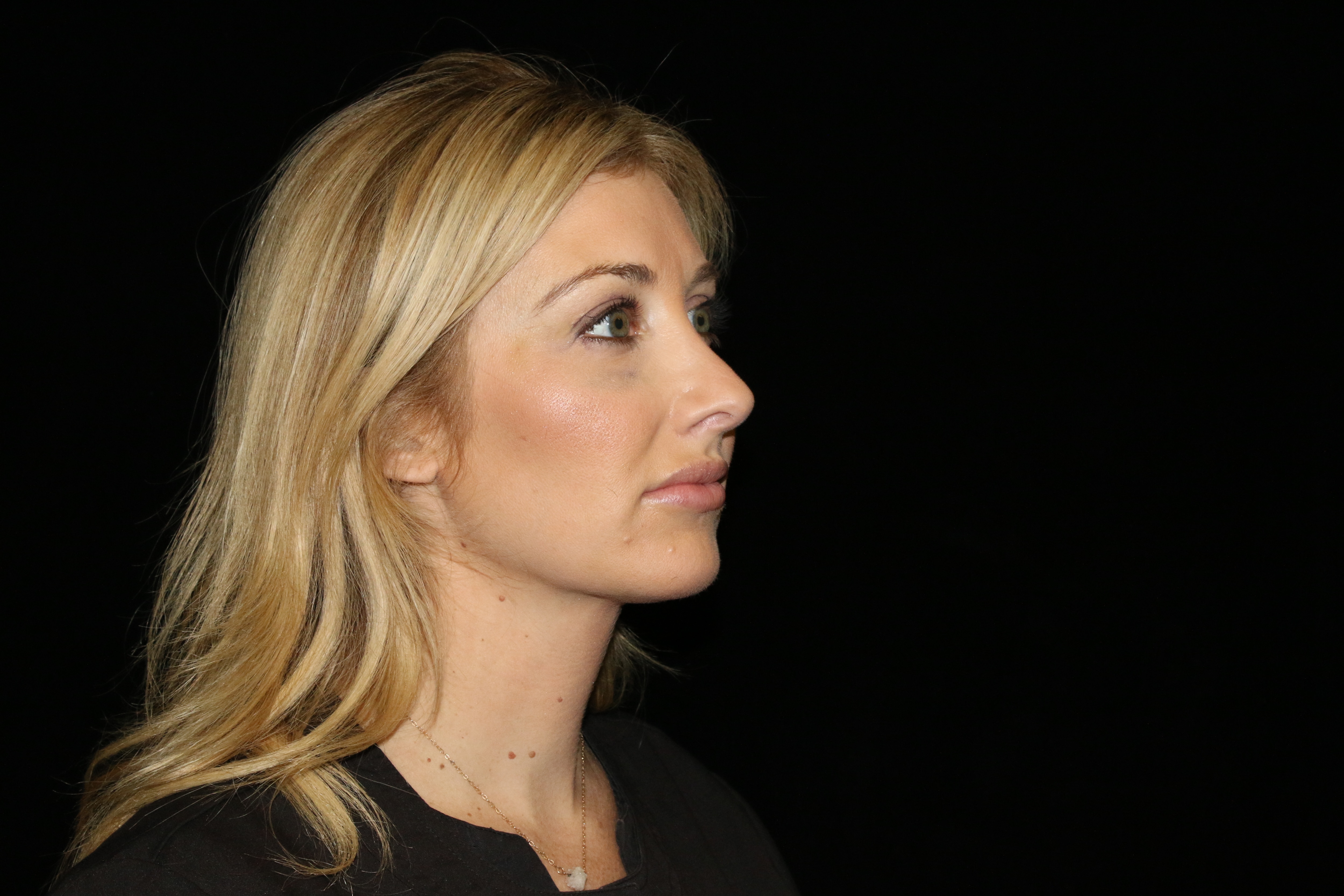
“What I’m really excited about is that this fits in a schema that just makes so much sense,” said Dr. Cohen. “If we actually start to think about ourselves as ‘here’s growth and development’ and ‘here’s gradual decay’ — you start to be able to think about what the strategies could be to prevent that decay. For me, this is not just about making a decent living — it’s about figuring out things that are going to help others age intelligently.”

